In numerous homes, the garage door can constitute one-third or more of the whole front facade, so giving profound thought to the aesthetics of this element makes sense. Well-chosen, a garage door can agreeably complement the look of your home; inadequately chosen, it can be a veritable eyesore.
So if this is a decision in your future (or maybe if your door is old and worn out and you need an upgrade), we’ll address all the factors and design elements that you should consider before choosing between garage door styles.

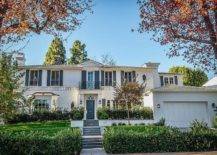

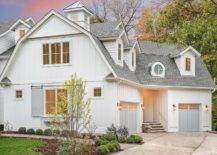
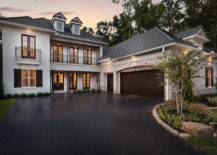
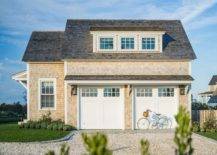
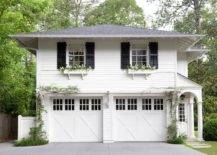

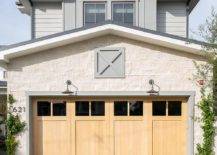
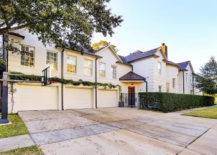
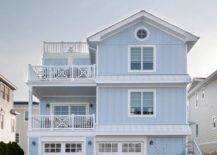
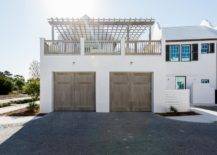
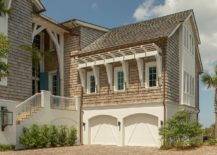
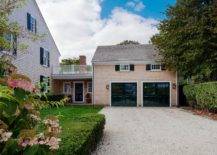
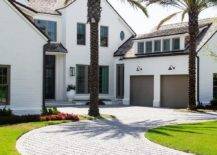
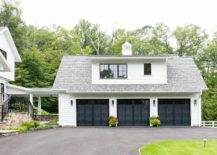
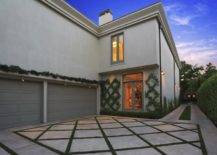
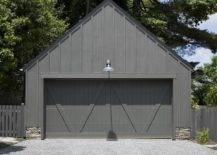
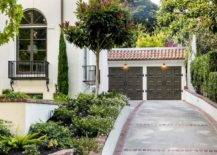
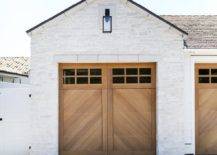
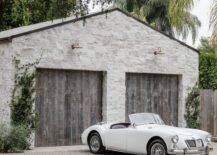

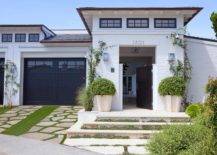
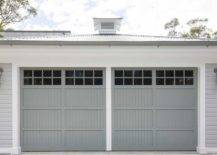
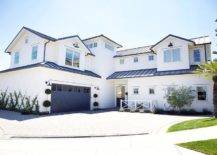
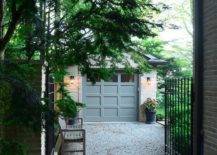
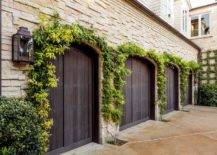
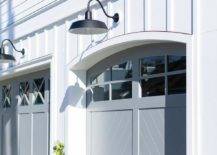
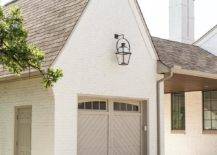
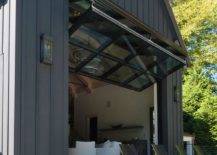
Just as there are many different house design styles, so it goes that there are numerous options for a garage door.
Raised-Panel Doors
One of the most typical garage door styles is the raised panel. Raised-panel garage doors have become the norm, the style most people think of when they think of garage doors. The authentic raised panel doors feature floating panels that fit inside a rail-and-style frame. Still, in the modern version, such as the very common fiberglass type, the door panels are often solid and are molded to resemble the classic raised-panel door.
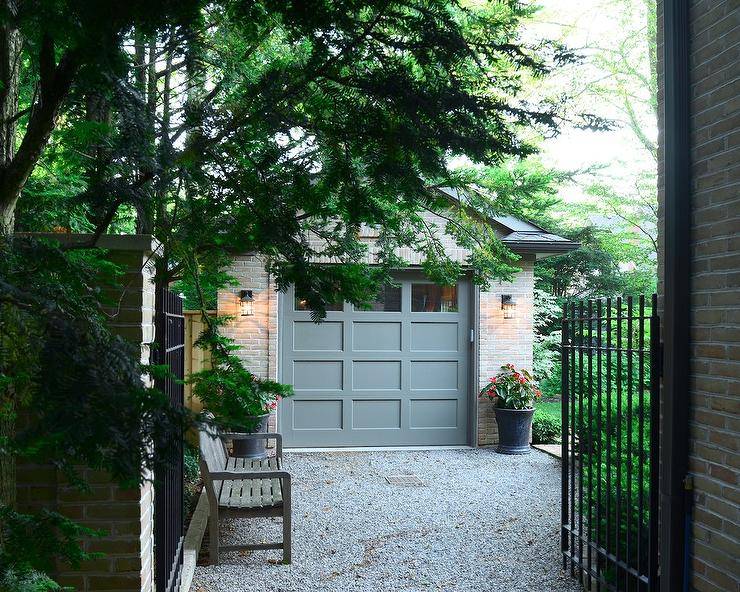
The popularity of this look guarantees that you can find raised-panel garage doors in all materials, including wood, fiberglass, aluminum, or steel, and with a full list of garage door choices to choose from.
Traditional-Style Doors
Leading manufacturers offer garage door styles that complement any major, well-recognized American architectural style (Cape, Colonial, Victorian, Ranch, Craftsman) or European style (French Country, Spanish, Mediterranean, Tudor). Almost all can be special-ordered in various materials and colors, permitting you to match the style of your home closely, whether that means northern European Tudor, southern Mediterranean, or American Prairie style.
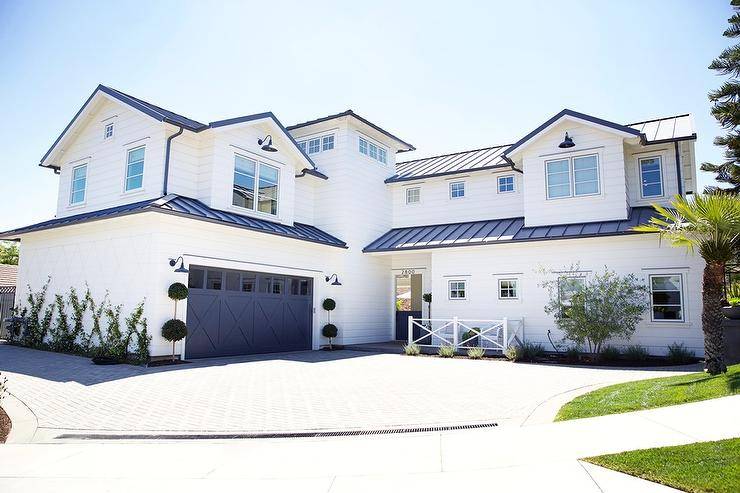
The most promising availability will be with doors using the now-standard roll-up mechanism, in which horizontal, hinged panels bend at the seams as they roll up on overhead tracks.
Carriage Doors
Carriage-style garage doors are extremely favored choices for a variety of house styles. They typically replicate the look of doors found on old carriage houses, but they can look exemplary even on many modern houses.
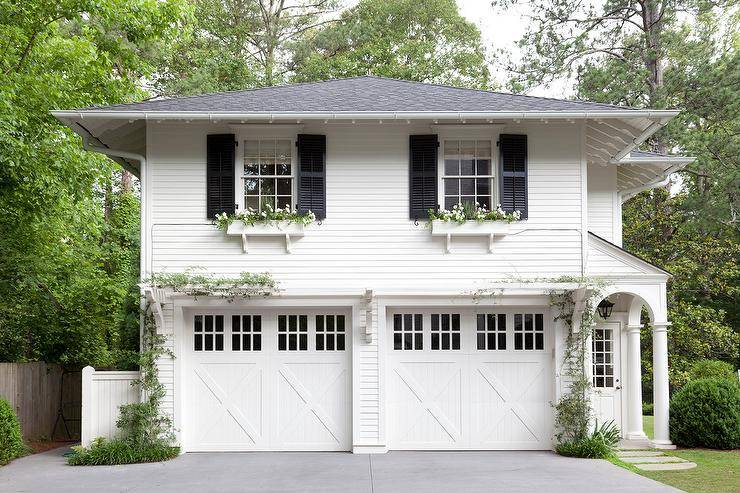
Traditional carriage doors swung open manually from the center. However, you can find modern carriage door models that fold open with automatic openers while still delivering the charm of traditional swing doors.
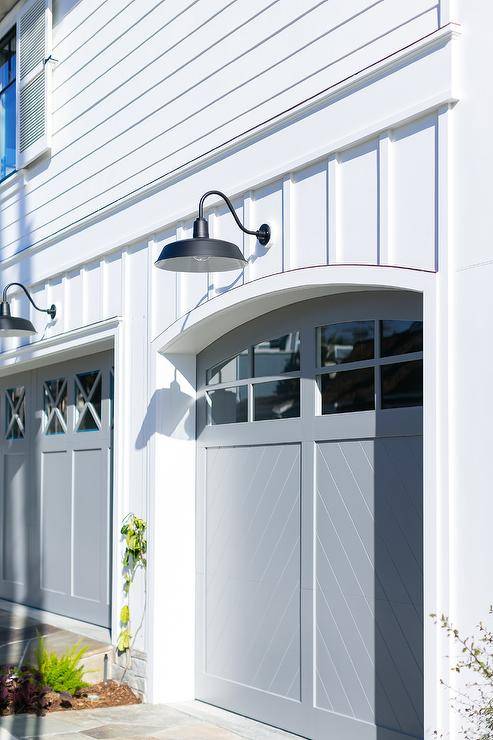
Contemporary Slab Doors
Matching house styles with garage door styles is possibly never more significant than with contemporary designs. A modern house design with clean lines and high-tech materials should include a similar type of garage door. Doors with tempered glass panels (clear, frosted, or tinted) encased in painted aluminum frames are one popular choice.
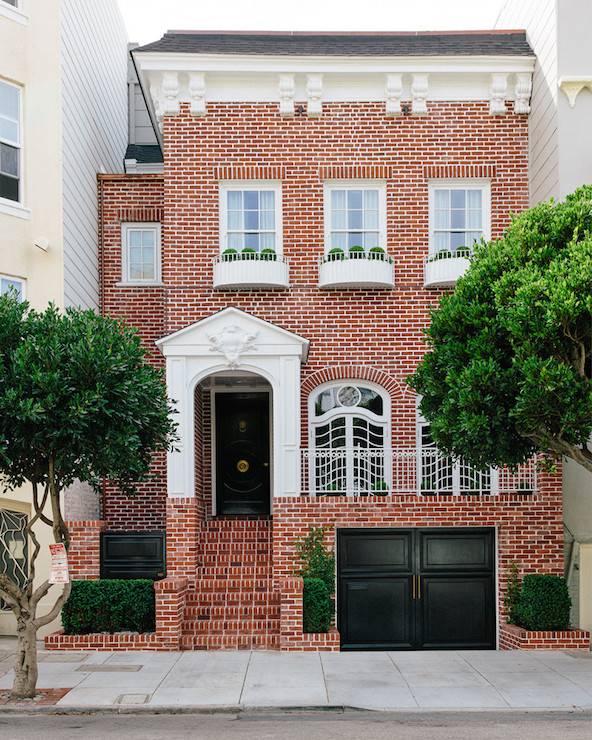
Also returning to favor in some retro-modern home designs are slab doors, which open by folding up as one single panel rather than as three or four separate horizontal panels that bend at hinges as the door raises. Like carriage doors, slab doors require a technical automatic opener.
Swing-Out Garage Doors
This wood carriage-style garage door offers the look, as well as the swing-open functionality, of the original. Real Carriage Doors offers a variety of styles for both sliding and bi-folding models, all constructed of solid wood members and embellished with Craftsman details.
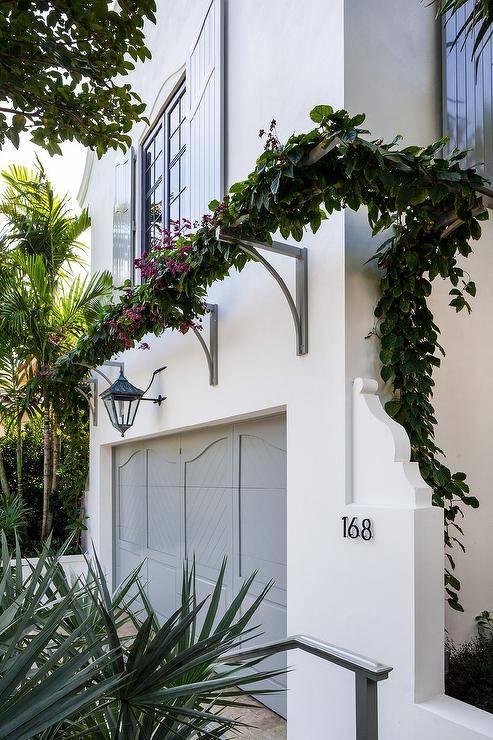
Glass-Paneled Garage Doors
For a modern look, consider a garage door that features clean lines and translucent glass panels. Without sacrificing security, a glass-paneled door allows for light during the day and, when backlit at night, radiates like a jewel.
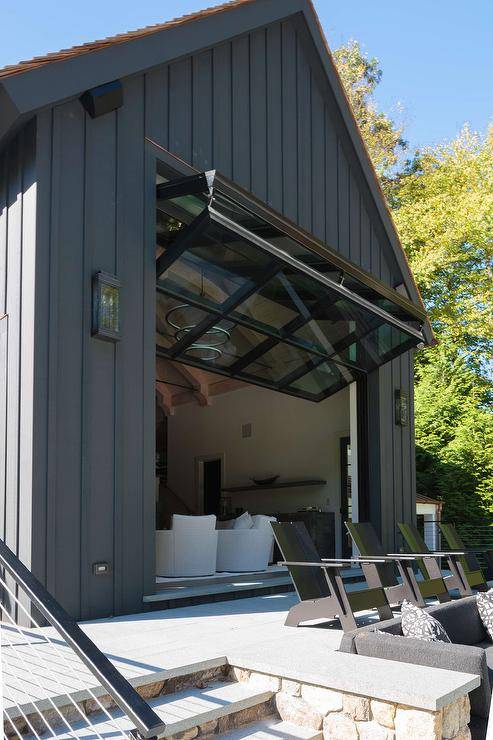
Solid Wood Garage Doors
The raw beauty of solid wood is unmistakable, even in garage doors. This raised-panel model offers the added beauty of windows along the top panel.
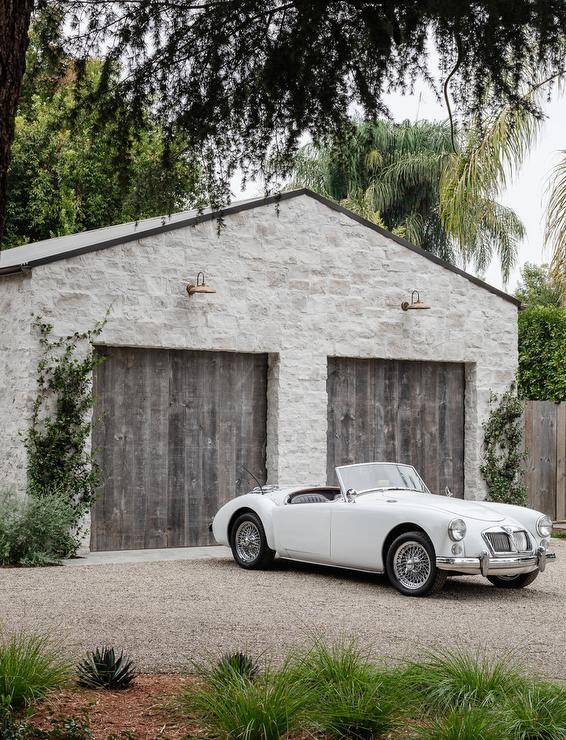
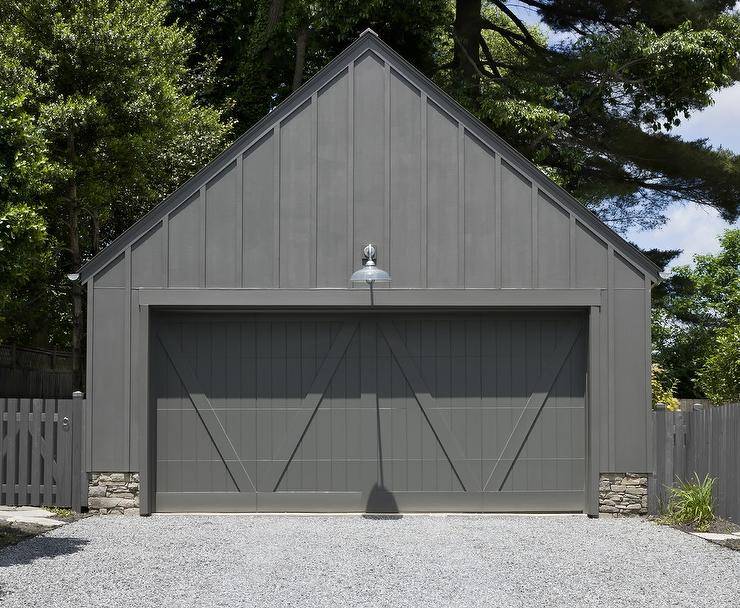
Steel Garage Doors
The material does not define the style, as evidenced by these classic carriage house garage doors in steel. The best are made of two layers of galvanized steel, either primed and painted with a top coat or clad with a composite material.
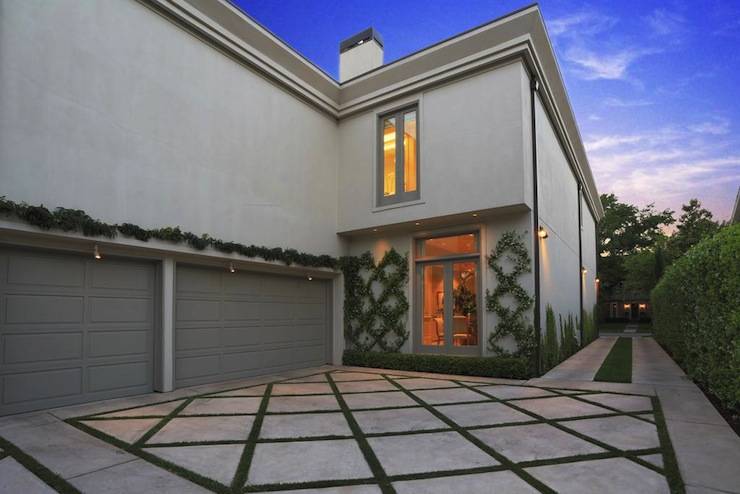
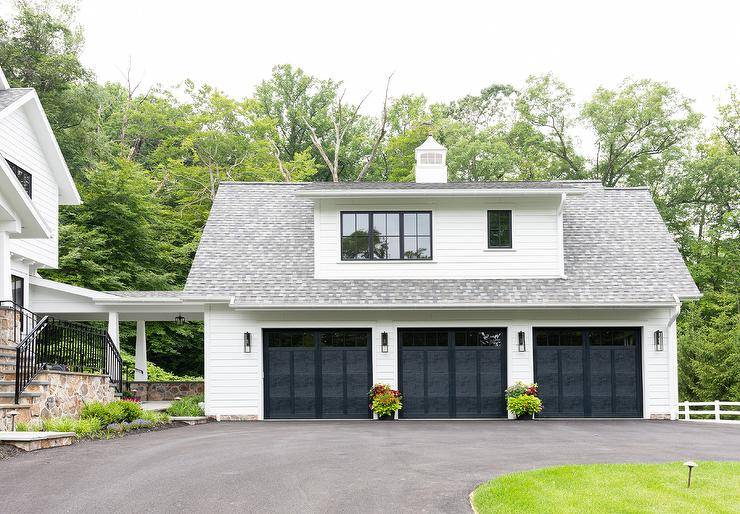
Vinyl Garage Doors
If you live in a coastal area, vinyl is a good choice as it can better withstand the elements than some other styles. For instance, choosing a vinyl garage door over a wooden one means you don’t have to worry about the door warping or rotting from humidity. If we’re comparing a steel door or a vinyl garage door, another point goes to the vinyl door as they are fully rust proof.
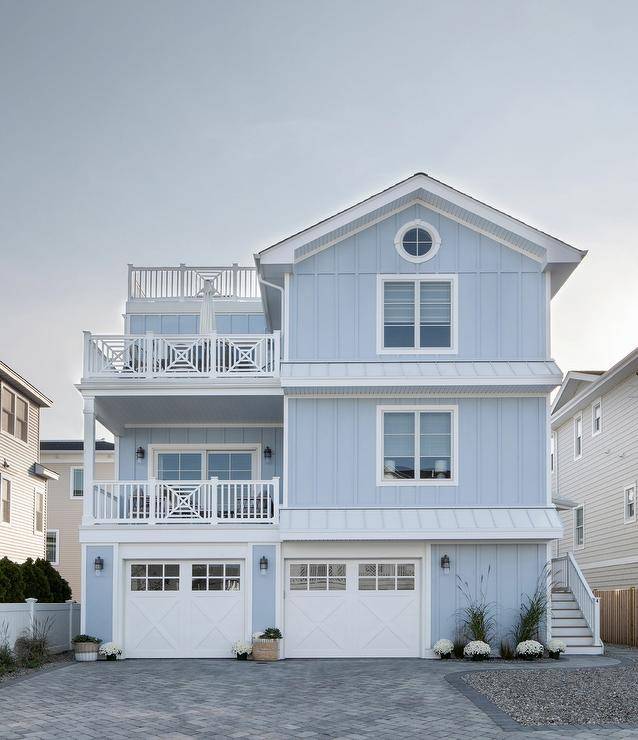
Single Panel Garage Door vs. Sectional Door
The vast majority of garage doors installed today are sectional doors—doors with four or five horizontal panels joined together with hinges that allow the door to bend and follow a curved path as it opens and closes.
But there are other choices when it comes to a garage door, and one often overlooked is the single-panel door, sometimes called an up-and-over or swing door.
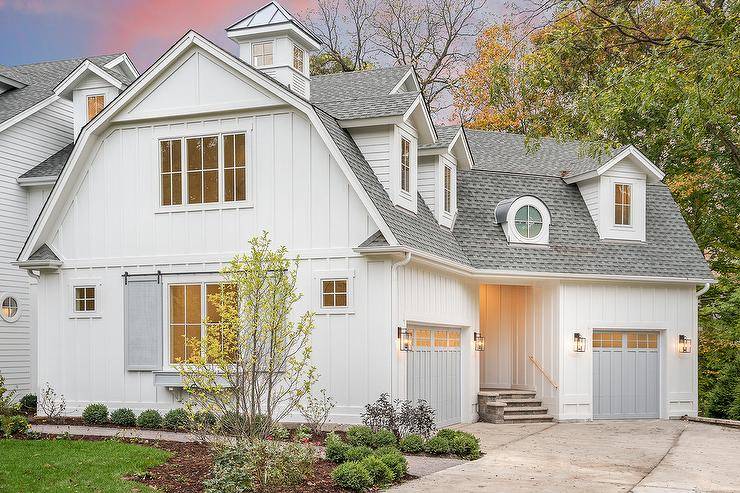
What Is a Single Panel Garage Door?
Single-panel garage doors were all the craze before sectional doors came into fashion. These doors are single, solid slabs that slide up and into the space above your car when they’re opened. They occupy comparable space to a sectional garage door but can function differently.
Instead of being hung on overhead tracks, most single-panel garage doors are hung on a very strong hinge system attached to the jam. Once fitted with springs, this allows the door to swing easily without a garage door opener. On occasion, single-panel doors are also hung using a system comparable to a sectional door, so they can be attached to an opener.
Advantages of Single-Panel Garage Doors
Single-panel doors offer several advantages over sectional garage doors, but they’re not for everybody. Many people use them as part of a retrofit into their existing garage door hardware, but if you’re selecting a door from the start, there are several reasons why you might want to select a single-panel style:
Material and design variety: Sectional garage doors come in many styles, but they’re typically limited to options that function well in two-foot segments. This makes various frame-and-panel designs quite practical, but other mechanical and stylistic designs can be hard to execute. If you like a garage door to have the appearance of a large block, the seams between panels usually interfere with the look.
With a single-panel door, you’ve got one giant palette to work with in nearly any material you can imagine, with no pesky panels interrupting the look.
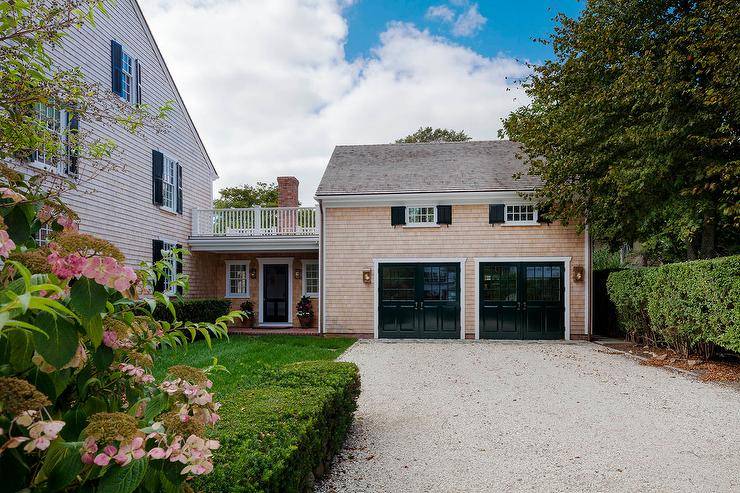
Cost: Single-panel garage doors are considerably cheaper than sectional doors made from the same materials. And the cost will also be less when you need to replace a garage door spring or cables. Because they’re easier to install and have fewer moving parts, single-panel doors can save you a bundle compared to the costs of sectional garage doors.
Vintage appearance: Many older homes are a more suitable stylistic fit for single-panel garage doors. Many mid-century modern homes, as well as contemporary homes, are natural fits for garages fitted with single-panel doors.
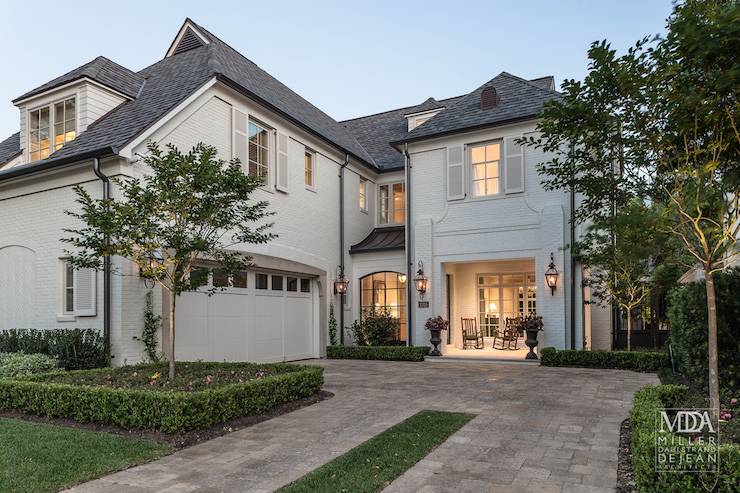
Simplicity: A sectional garage door comes packaged with a huge array of tiny parts, springs, and other bits that make it difficult for a DIYer to install properly. Single-panel doors, on the other hand, have rather few parts and demand less attention in hanging. Fewer parts mean less to maintain and, hopefully, fewer bits to break over the long term.
Drawbacks of Single-Panel Garage Doors
Of course, single-panel garage doors aren’t perfect, and they may not be for everyone. Some possible negatives of single-panel doors include the following:
Safety: Possibly the most significant reason homeowners have shifted away from choosing single-panel garage doors is the safety factor. These older doors use extension springs, which can fail catastrophically when not properly maintained. Springs have flown off rusted connectors and gone through drywall, garage contents, and car windows.
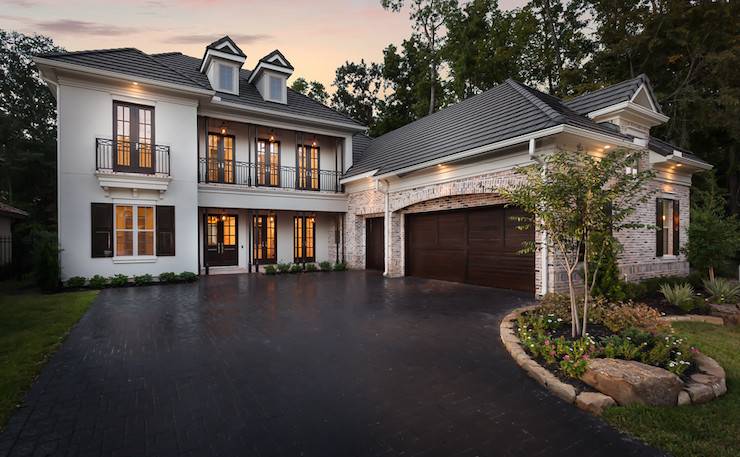
Expensive repairs: Although your single-panel garage door can surely handle some trouble, a sectional garage door may be better in extreme weather. When a single-panel garage door fails, it fails dramatically, with the whole door coming down at once. A failed sectional garage door may be dented or crushed in just a single section, delivering an easier, less expensive recovery. If a teenage driver bumps a garage door, for example, a single-panel door is an expensive repair since the whole door needs to be replaced.
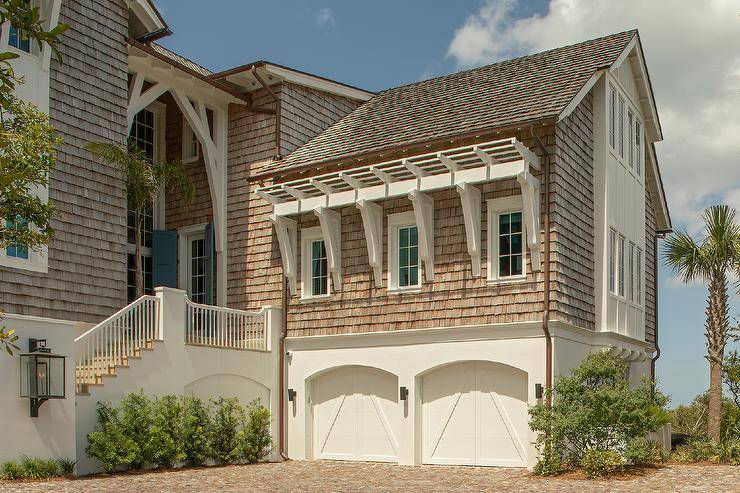
Space limitations: Newer homes mean increasingly less space between neighbors, especially in tightly-packed planned communities. The extra few feet a single-panel garage door needs to tilt has to come out of the driveway, meaning you’ll have to park further back while the garage door is opening. There can also be slightly less space inside the garage as a single-panel garage door opens. For example, in an undersized garage, a tall pickup truck with a full shell over the bed may interfere with the angle of the garage door as it swings open. If space is limited, a sectional garage door is the more suitable way to go.
Recommendations Based on Your Home’s Style
Ranch
Ranch homes, generally distinguished by single-level designs and open-concept layouts, are among the most favored home styles in the U.S. We recommend selecting a classic, subtle garage door for a modest facade or, for a contemporary application, add dimension with a plank-style door. Opt for window inserts to enhance the other vertical elements of your exterior.
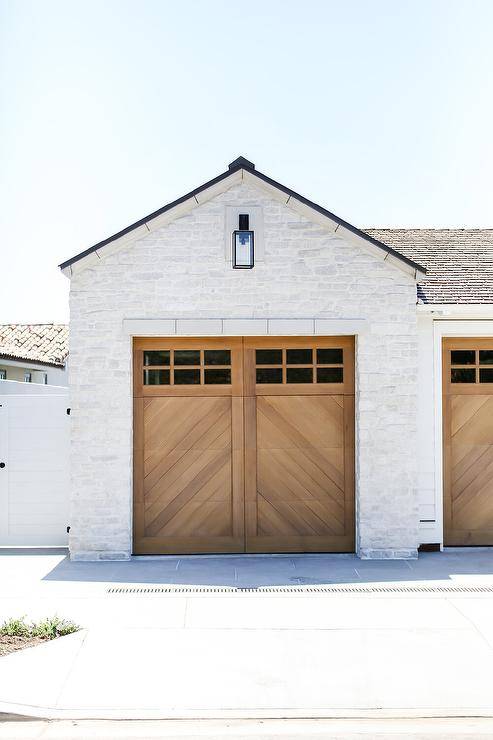
Contemporary
Contemporary style exteriors indicate more creativity and striking elements than modern architecture. Often featuring asymmetrical components and plenty of natural light, it’s not surprising that these homes are deemed the most eye-catching exterior style.
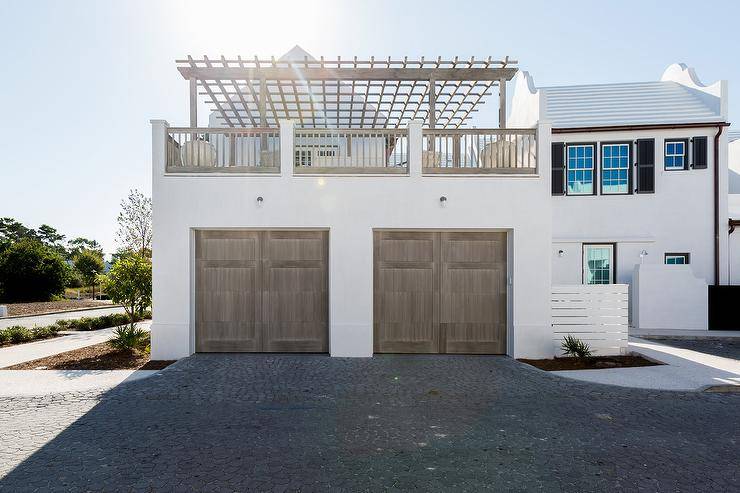
Infuse style and character into every element of your contemporary home. Choose from an industrial aluminum door, ultra-sleek and smooth finishes, a minimalist flush style, or textured planks.
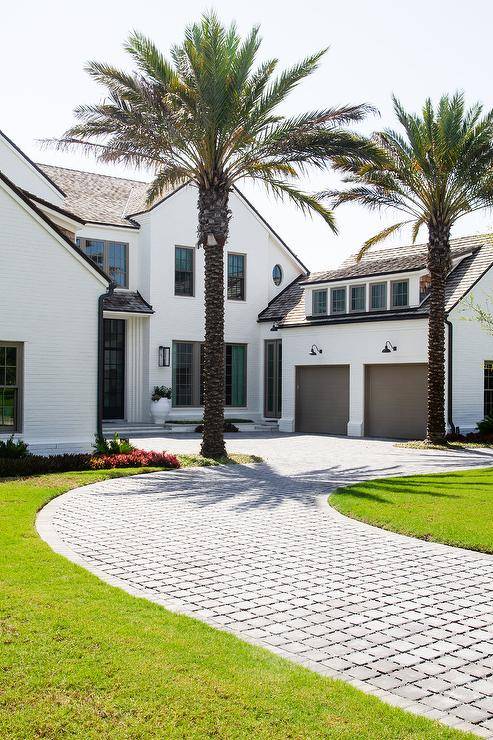
Use your originality when deciding on a garage door style for your contemporary home. Usually you’ll find that quirky ideas pay off.
Tudor
Inspired by late Medieval and early Renaissance architectural styles, stucco exteriors and decorative half-timbering characterize Tudor homes. Overlay garage doors best accompany this classic exterior, leaving you to choose between faux wood overlay style, natural wood, or steel.
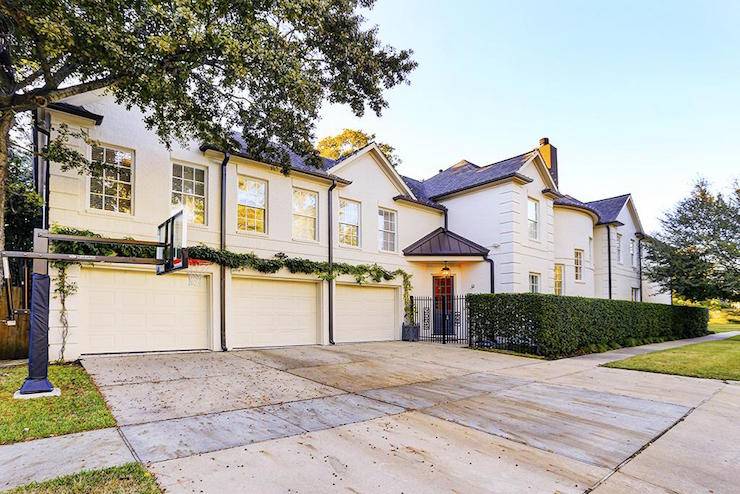
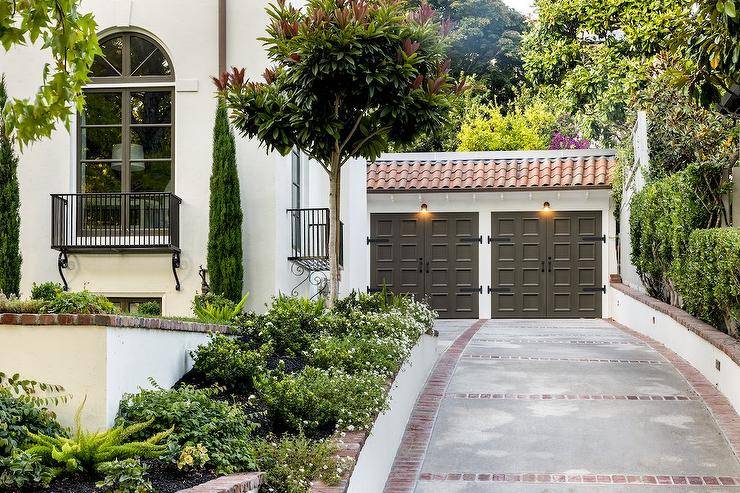
Craftsman
The craftsman home is best known for its covered front porch, tapered columns supporting the roof, and mixed stone or brick exterior materials. These exteriors are fully versatile—depending on the look you’re going for, several garage door styles will complement your craftsman facade.
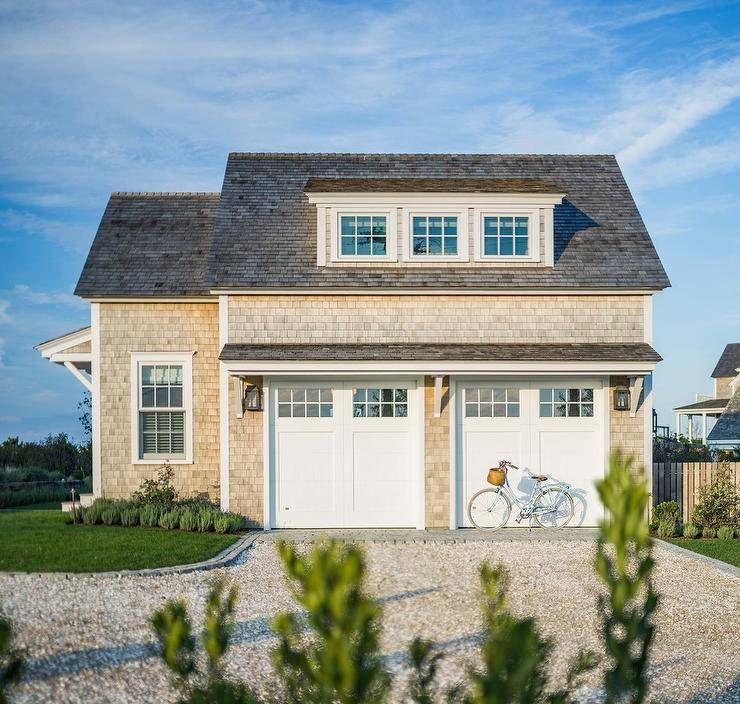
Modern Farmhouse
The modern farmhouse home style has rapidly achieved favor in current years, whether that be through exterior design elements or even interior decor. These homes are typically all white, featuring a covered porch, an abundance of windows, and black or natural wood trim.
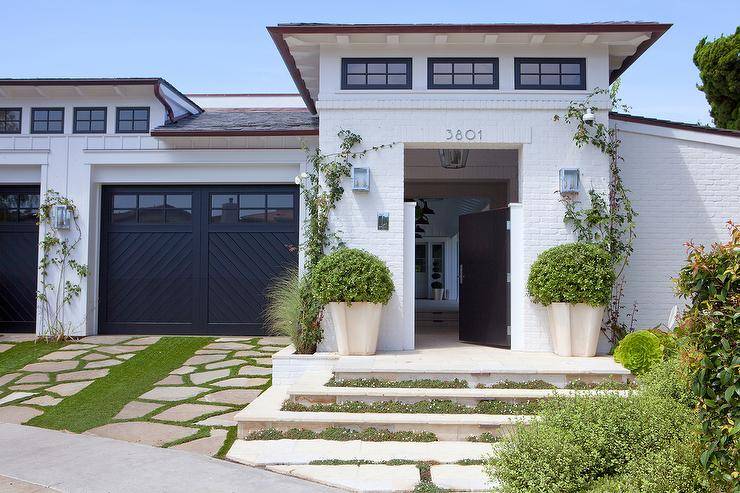
Carriage house doors are the most popular garage door style in modern farmhouse architecture, as they give the impression of old-fashioned barn doors. Though some prefer a solid color, steel garage door, others get creative with wood tones or natural wood. If you’re leaning more toward a modern design, you can also consider a sleek, full-view aluminum glass garage door.
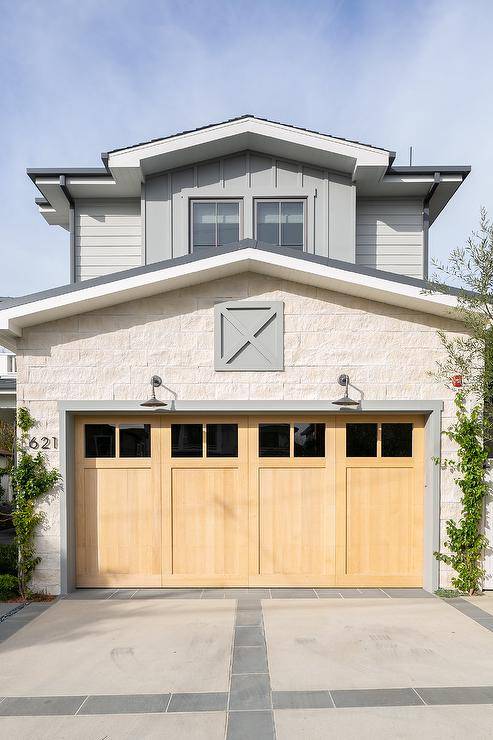
Colonial
A colonial home is most effortlessly identified by its symmetrical structure and simple, rectangular shape. It’s important to choose a garage door that will reflect these characteristics without taking away from your home’s historic charm. We recommend choosing a classic, modest style like a timeless carriage-style door.
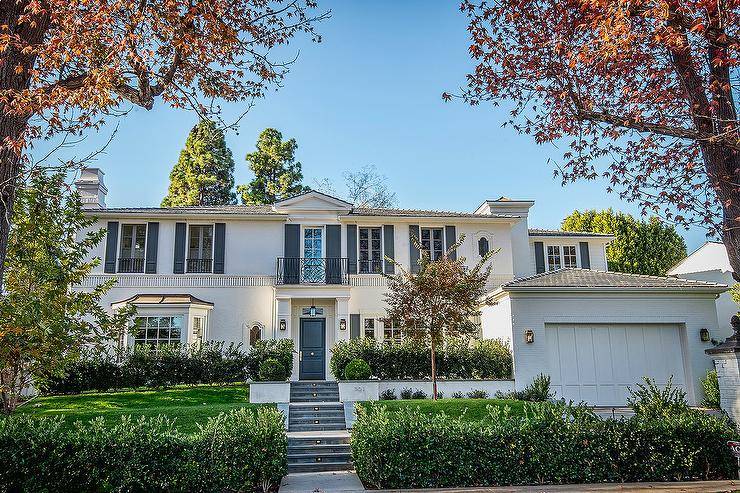
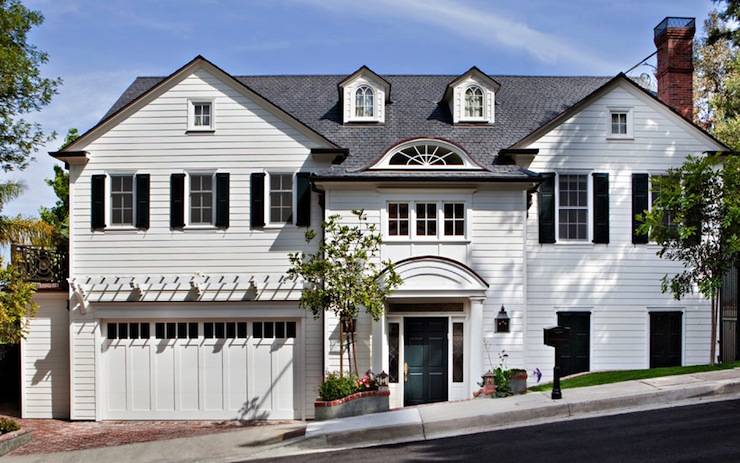
Mediterranean
Popular in Southern California and the Southwest of the United States, Mediterranean-style homes commonly feature plaster or stucco exterior surfaces and tiled roofs. Wood garage doors aesthetically pair well with this style of home, though faux wood tones are becoming increasingly prevalent, with homeowners not wanting to deal with the maintenance of real wood.
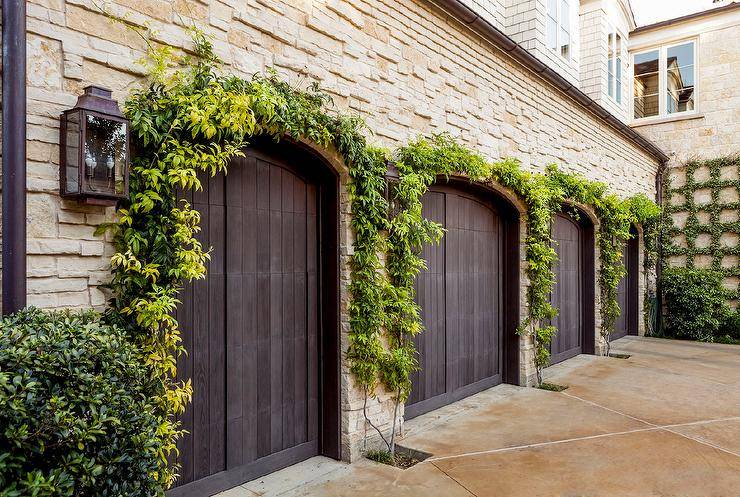
Frequently Asked Questions (FAQs)
What are the different styles of garage doors?
What is the most popular garage door style?
What is the cheapest style garage door?
What type of garage door is most durable?
You're reading 30 Garage Door Styles and How To Choose The Right One, originally posted on Decoist. If you enjoyed this post, be sure to follow Decoist on Twitter, Facebook and Pinterest.
from decoist https://ift.tt/s6BOn7v

0 comments: